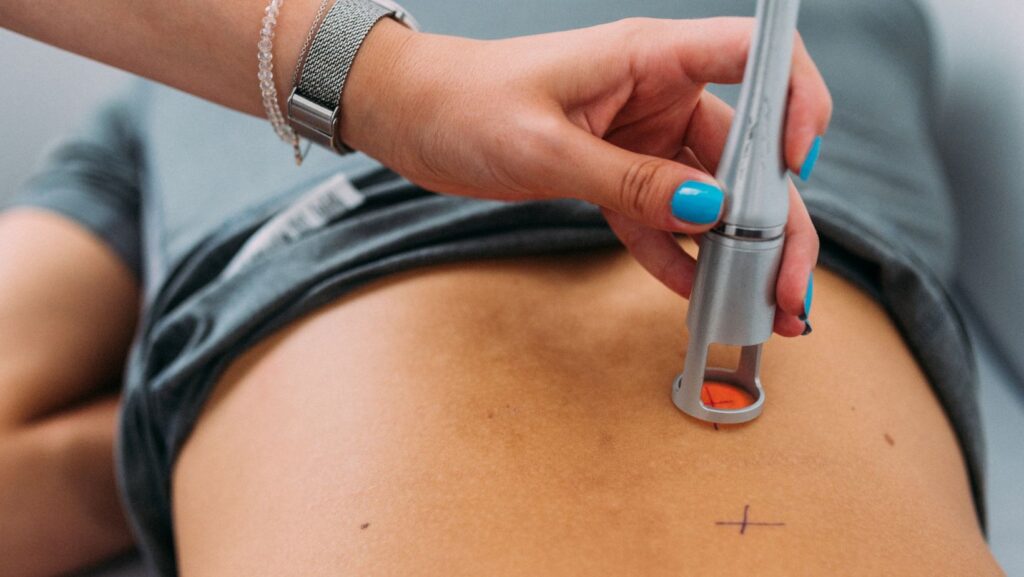Have you ever wondered how elite athletes achieve such incredible levels of recovery and performance? One of their secrets lies in a practice as cold as ice: ice bath therapy. While this technique may seem daunting, it offers a host of potential benefits for both athletes and non-athletes alike.
However, the initial shock, discomfort, and uncertainty can deter many. That said, this article will explore the science behind ice bath therapy and provide practical tips for creating a safe and effective routine.
Guide In Preparing Your Ice Bath
It’s essential to follow the right steps to maximize the benefits and ensure a safe experience. Below is a step-by-step guide to preparing an effective ice bath, whether for athletic recovery, injury treatment, or general wellness.
-
Choose the Right Tub or Container
A standard bathtub works well, but a dedicated cold plunge tub or portable ice bath container can offer a more controlled experience, especially for regular users. These specialized setups provide optimal conditions for recovery with an ice bath, ensuring consistent water temperature and comfort throughout the process.
-
Add Cold Water First
Start by filling the tub with cold water, as this helps prevent the ice from melting too quickly. Ensure that the water level is deep enough to submerge the areas you wish to treat, typically up to the waist or chest.
-
Determine Ideal Temperature
The ideal ice bath temperature ranges between 50°F and 59°F (10°C and 15°C). Use a thermometer to monitor the temperature accurately. Lower temperatures can be more intense but are not necessary to achieve the desired benefits.
-
Add Ice Gradually
Add ice to the water until the desired temperature is reached. This usually requires about 1-3 bags of ice, depending on the size of the tub and the initial water temperature. The amount of ice can be adjusted based on individual cold tolerance.
-
Dress for Comfort
Wearing minimal clothing, such as swimwear, is common, but some people prefer to wear a T-shirt or shorts for comfort.

Your hands and feet tend to get cold quickly, so some opt to keep their hands out of the water or wear neoprene socks.
-
Prepare Mentally
Preparing for cold immersion can make the process easier. Focusing on controlled breathing before and during the ice bath can help reduce the shock of cold water on the body.
-
Ensure Safety
If you’re new to ice baths or plan to immerse yourself for an extended period, it’s a good idea to have someone nearby in case assistance is needed. Always listen to your body and exit the bath if you start to feel numb or excessively uncomfortable.
Following these steps will help create an effective and safe ice bath experience, whether for exercise recovery, pain relief, or general wellness purposes.
Benefits of Ice Baths
The benefits of ice baths are numerous, particularly for athletes, fitness enthusiasts, and those seeking recovery or therapeutic outcomes. Here’s a detailed look at the key advantages:
-
Reduces Muscle Soreness
Ice baths help alleviate delayed onset muscle soreness (DOMS), which occurs after intense workouts. The cold constricts blood vessels, reducing inflammation and swelling in muscles. This can speed up exercise recovery and make it easier to engage in regular exercise routines.
-
Decreases Inflammation
Cold water immersion reduces the body’s inflammatory response, particularly after high-intensity physical activity. By lowering muscle tissue inflammation, ice baths can help reduce stiffness and the likelihood of injury.
-
Enhances Recovery
Athletes use ice baths to speed up recovery by reducing fatigue and muscle damage. This allows for quicker turnaround times between workouts or competitions. The cold water helps reduce the stress and strain on sore muscles, allowing them to repair more effectively.
-
Improves Circulation
When exposed to cold water, blood vessels constrict (vasoconstriction), and upon leaving the cold environment, they dilate (vasodilation). This alternating effect promotes increased circulation, helping to flush out metabolic waste and deliver oxygen and nutrients to tired muscles.
-
Boosts Mental Resilience
Regular exposure to cold water builds mental toughness. The process of voluntarily placing yourself in a stressful environment and remaining calm helps train your mind to cope with discomfort, which can translate into resilience in other areas of life.
-
Reduces Swelling and Bruising
Ice baths help minimize swelling and bruising after physical trauma or injury. Lowering tissue temperature slows down cellular metabolism, limiting the spread of swelling and bruising in affected areas.
-
Improves Mood and Reduces Stress
Cold exposure can increase the production of norepinephrine, a neurotransmitter linked to improved mood and stress reduction. Some individuals report feeling more energized and less stressed after regular ice baths.
-
Enhances Immune System Function
Some research suggests that regular cold exposure may stimulate the immune system, potentially boosting overall health and resistance to illness.

The cold shock may lead to an increase in white blood cells, which helps defend the body against infections.
-
Supports Better Sleep
After an ice bath, the body goes through a rewarming process, which can promote relaxation and may lead to improved sleep quality. Athletes and those with sleep issues often report that cold immersion helps them fall asleep faster and sleep more deeply.
-
Alleviates Joint and Muscle Discomfort
Cold therapy is often used to manage chronic joint and muscle pain, particularly in conditions such as arthritis. The numbing effect of cold immersion can temporarily relieve pain and reduce stiffness in the joints.
Conclusion
Remember, the key to successful ice bath therapy lies in consistency and moderation. Take it slow and steady. Your body will guide you. Don’t be afraid to experiment and find what works best for you. With time and dedication, you may discover the refreshing and invigorating effects of ice bath therapy for yourself.
